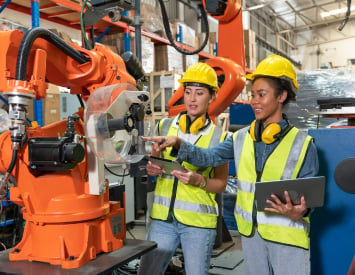Heat energy loss in buildings occurs by two means, namely Fabric Heat Loss and Ventilation Heat Loss.
Loss occurs when energy flows out through building envelope from inner warmer air to cooler air located external to the building.
The purpose of this study is to identify and estimate the proportion of Heat Energy Loss that is directly caused by construction components from the building envelope.
The novelty of this research is to propose a methodological framework that characterizes the Heat Energy Loss in buildings during the operation phase, taking into consideration the local climate data in which buildings are located.
Reliance is on the use of a systematic approach that makes the work readily available to practitioners and experts in the area of energy efficiency.
A case example of a single-family house is examined in three different climate classifications for validating the proposed method of this work.
Results reveal that Fabric Heat Loss is the main factor of the Heat Energy Loss in buildings; responsible for more than 81% of the total Heat Energy Loss in buildings.
Openings and exterior walls play a significant role in curbing such energy loss; accounting for around 70% of the total Fabric Heat Loss in buildings.
This work points out that the percentage of energy efficiency improvement of Fabric Heat Loss is similar and directly proportional to the percentage of reduction in U-values of building components; as U-value reduces by 6.66%, the energy efficiency of Fabric Heat Loss improves by 6.66%.
Besides, the analysis conducted indicates that lower air change rate would lessen the Ventilation Heat Loss in buildings.
Finally, this work illustrates that Heat Energy Loss in tropical climates and dry climates could reach a value of 16% and 8%, respectively, compared to Heat Energy Loss in moist subtropical mid-latitude climates.


